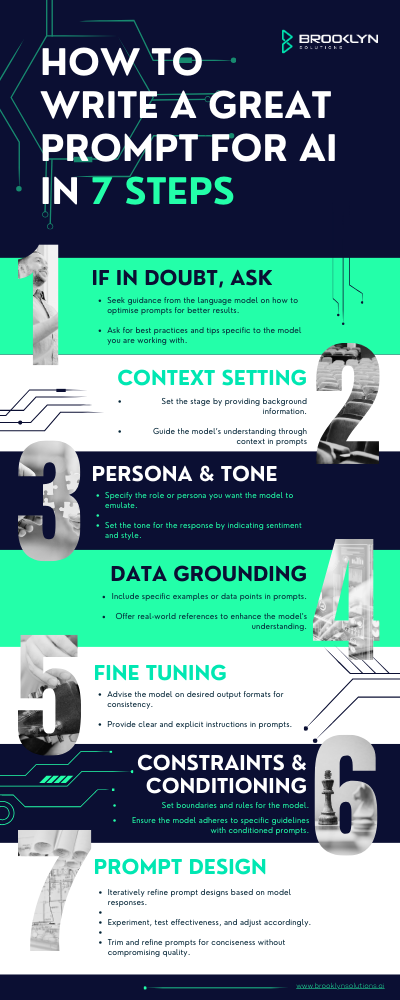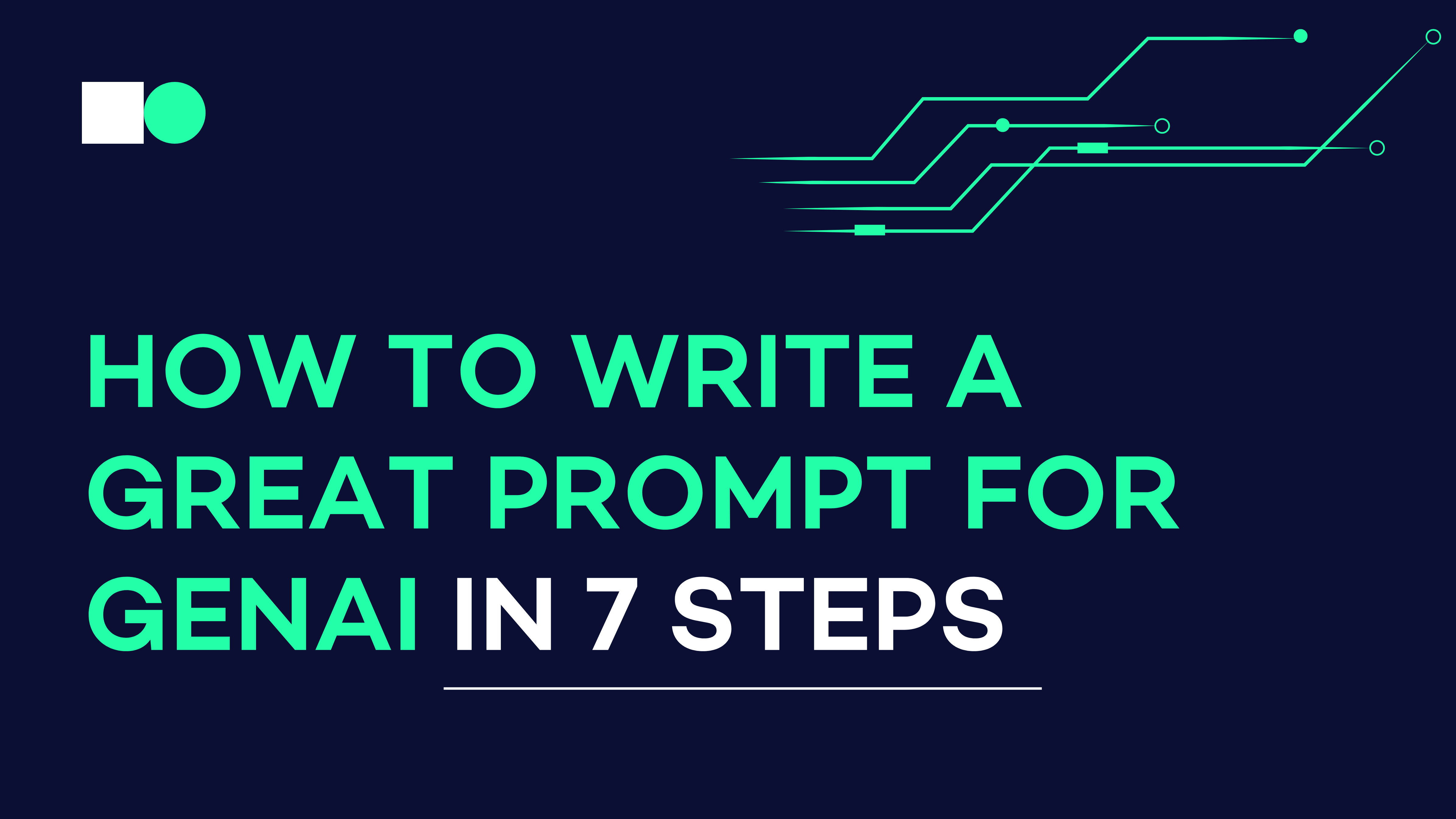Generative Pre-trained Transformer (GPT) models have revolutionised the way we interact with large language models (LLMs), offering unparalleled capabilities to generate coherent and contextually relevant responses. However, to unlock the full potential of these models, crafting an effective prompt becomes a crucial skill.
Using a GPT without a well-crafted prompt poses significant challenges, primarily because these language models lack inherent contextual understanding or a specific focus. Without a clear and guiding prompt, GPT may produce responses that are unfocused, verbose, or even irrelevant. The model relies heavily on context and user input to generate coherent and meaningful output, making it susceptible to ambiguity and misinterpretation. Users might find themselves sifting through a myriad of outputs, struggling to extract relevant information or responses. Additionally, the absence of a precise prompt can lead to outputs that may not align with the user’s intent, making it crucial for individuals to carefully structure their queries or instructions to elicit the desired results.
Crafting effective prompts is essential to harness the full potential of GPT, ensuring that it produces accurate, contextually appropriate, and coherent responses. Here are seven tips to help master the art of composing a great prompt to maximise the results from an interaction with GPTs.
How to Write a Great Prompt for GenAI in 7 Steps

1. If in Doubt, Ask:
Navigating the intricacies of interacting with a GPT can be overwhelming. When in doubt, it’s always a good idea to ask the model itself for guidance. Initiate a conversation with your chosen LLM to understand the best practices for crafting effective prompts. Seeking clarity from the model ensures you’re on the right track and sets the stage for productive interactions.
2. Context Setting:
Like setting the stage for a play, effective prompts need to establish context upfront. Providing background information guides the model’s understanding and ensures that responses are relevant and coherent. Think of prompts as a way to frame the conversation, offering crucial information that influences the model’s output.
3. Persona & Tone:
Specify the persona and tone you desire in the model’s response. Whether emulating a professional tone for business communications or a friendly, comical tone for casual interactions, guiding the model’s style enhances the relevance of its responses. This personalised touch ensures that the generated content aligns with your specific requirements.
4. Data Grounding:
Just as a picture speaks a thousand words, data grounding in prompts involves providing specific examples or data points. Offering real-world references helps the model understand and generate accurate responses within a particular domain or topic. This technique enhances the learning process, making the model more adept at handling specific scenarios.
5. Desired Output:
If precision and repeatability are essential, instruct the model on the desired output format. Instruction tuning involves providing clear and explicit directions to guide the model’s behaviour. Think of it as following a recipe – the more specific the instructions, the better the outcome.
6. Constraints & Conditioning:
Establish boundaries and rules for the model through constraints and conditioning. Just like playing a game with specific rules, incorporating constraints ensures that the model adheres to guidelines. This technique helps you control the output and avoid undesired responses, maintaining a level of predictability.
7. Prompt Design:
Prompt design is the overarching process that combines all the elements discussed above. It’s an iterative process, akin to sculpting a piece of art. Experiment with different designs, test their effectiveness and adjust based on the model’s responses. Strive for concise prompts that yield high-quality results, optimising your input costs and enhancing the AI’s performance.
Mastering the Art
Crafting a great prompt is an art that involves understanding the nuances of interaction with GPTs. By incorporating these elements into your prompt design, you can navigate the complexities of large language models, ensuring that the generated content aligns with your specific needs. Experiment, iterate, and refine your prompts to master the art of interacting with GPTs and unlock their full potential.
Want to learn more about AI?
Nick Francis, CTMO at Brooklyn Solutions, deep dives into the history of AI, and why it is now the time to start incorporating it into your strategy in our latest whitepaper. Following on from this discussion of when not to use AI, the whitepaper touches upon the tangible and quantifiable benefits of GenAI in Customer-Supplier Management if used in the right way. To learn more, download our whitepaper for the ultimate GenAI guide.



